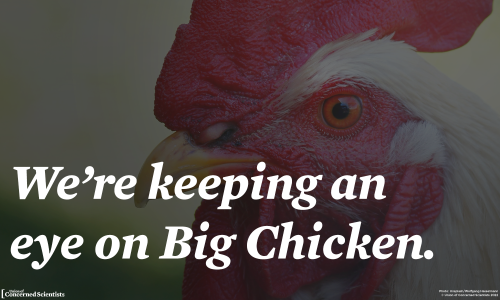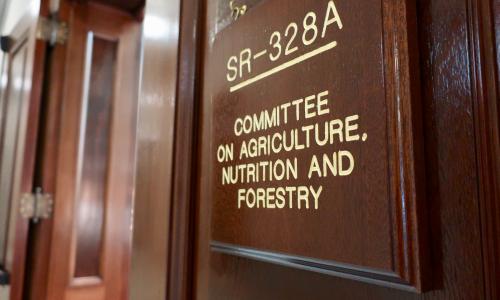School lunch programs are helping kids eat better—but they're fighting an uphill battle in an unhealthy food system.
Childhood obesity is a serious problem, especially for low-income and minority children.
Childhood obesity nearly tripled between 1970 and 2000—and while obesity has leveled off for white children, it has increased for many minority children.
The costs of childhood obesity are high: obese children are more than 10 times more likely to become obese adults–with 90% higher medical costs thanks to increased risk of serious chronic diseases such as type II diabetes and cardiovascular disease.
School lunch can be a powerful tool to improve the diets of 30+ million children who eat them.
On average, U.S. children eat only 1/3 of recommended fruits and vegetables every day.
Our analysis shows that school lunch programs can help address this problem: students receiving free or reduced price (FRP) school meals between 2004 and 2007 ate more fruits and vegetables than non-FRP students. And the stronger nutrition standards in the Healthy Hunger-Free Kids Act (HHFKA) of 2010 increased fruit and vegetable consumption at school.
Even stronger standards can help ensure that kids get truly healthy food at school.
Our analysis shows that while free and reduced price lunch students eat more healthy foods, they also eat more unhealthy foods, such as fast food and sugary drinks...and their risk of obesity increases as they get older.
To reduce that risk, kids need healthier school meals, loaded with fruits and vegetables. As Congress debates renewal of HHKFA, we need to make our voices heard in favor of stronger school lunch standards.
Methodology
This infographic is based on data from the 2015 UCS report, Lessons from the Lunchroom: Childhood Obesity, School Lunch, and the Way to a Healthier Future.
Rights and permissions
You are free to use and post this infographic without alterations online, in written materials, and in presentations. Any online use must include proper citation and a link to this web page.



